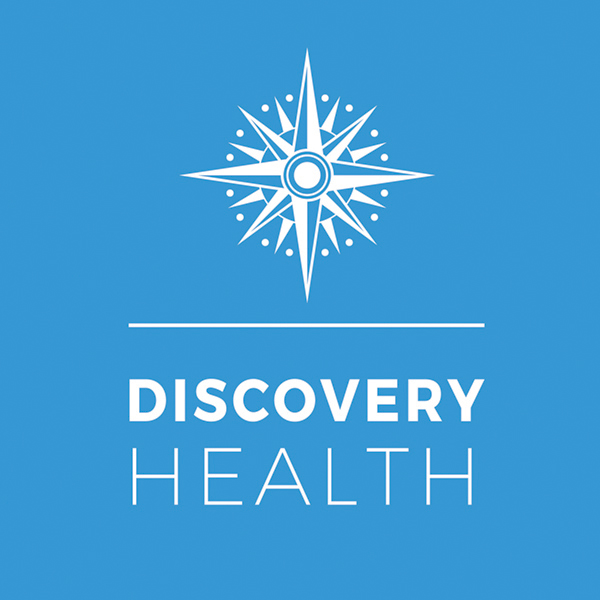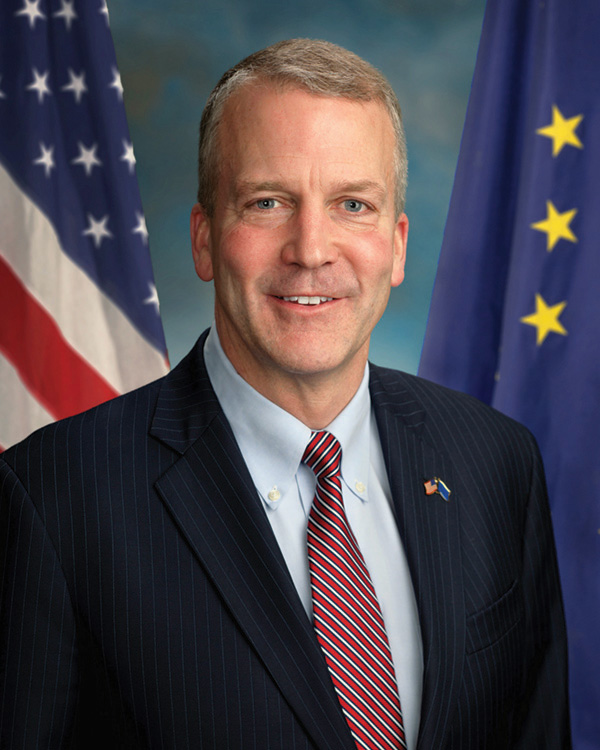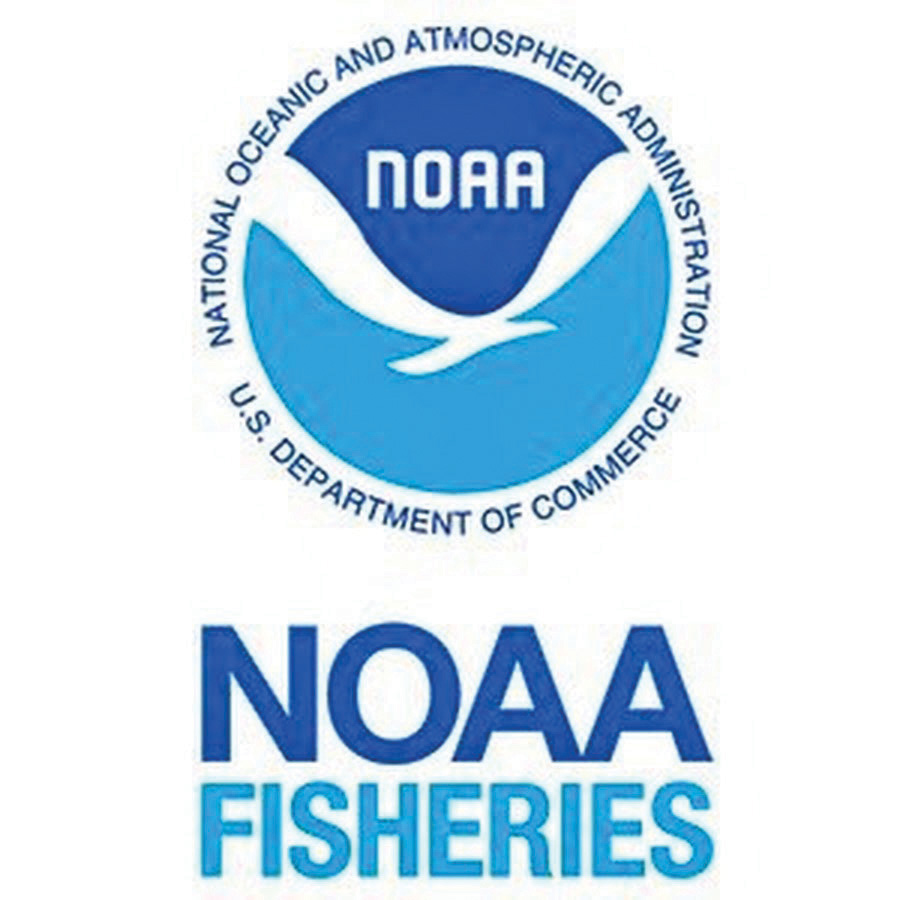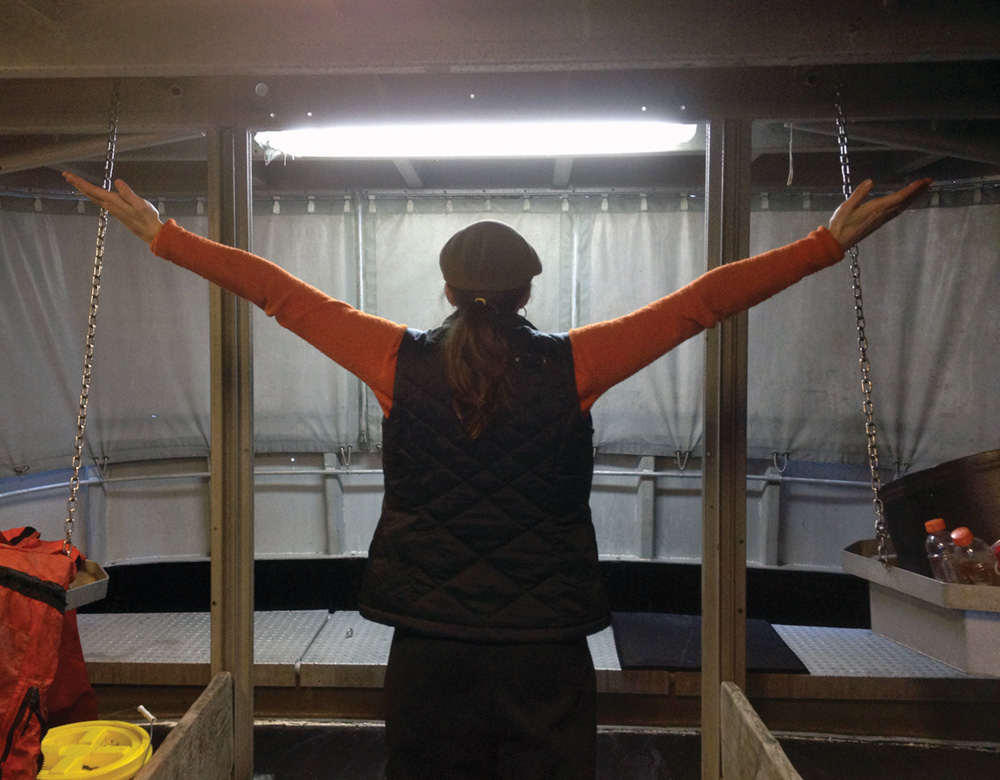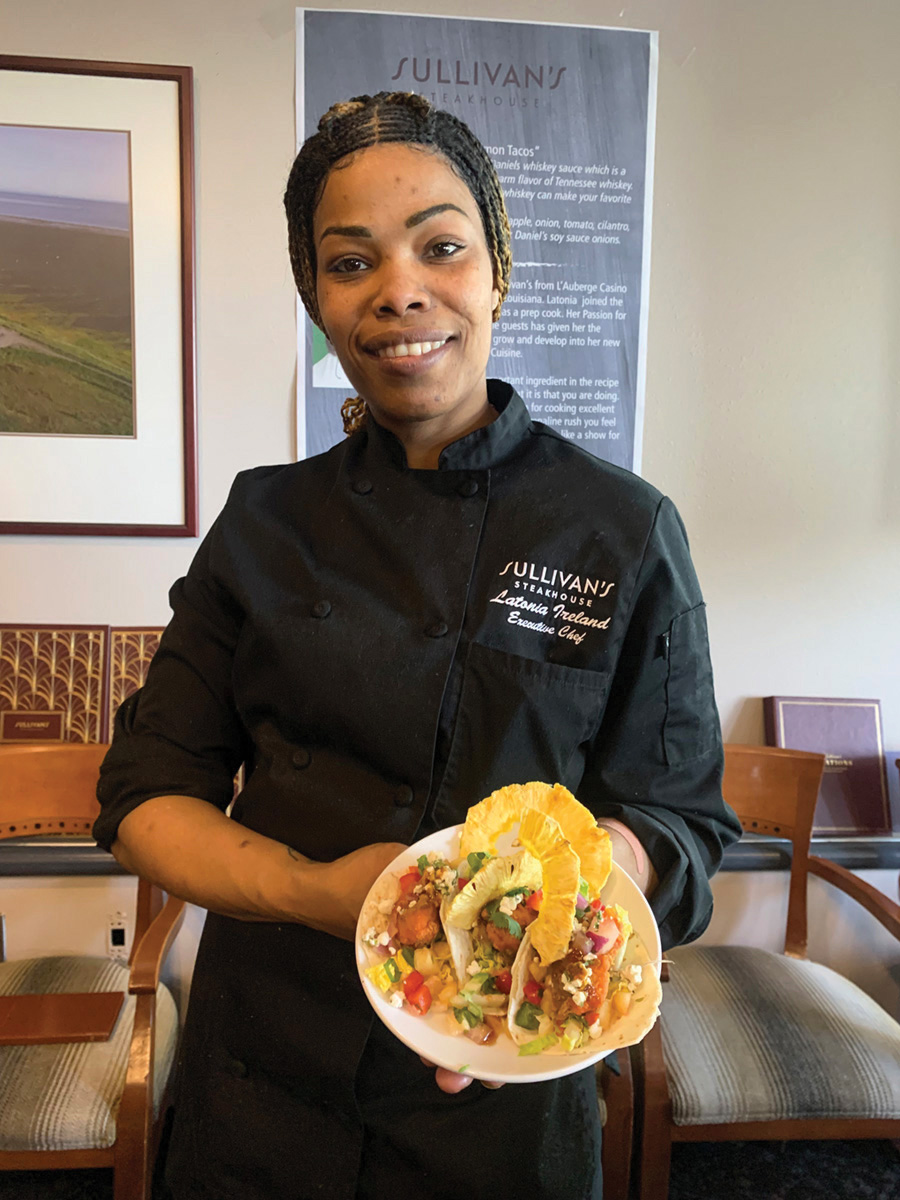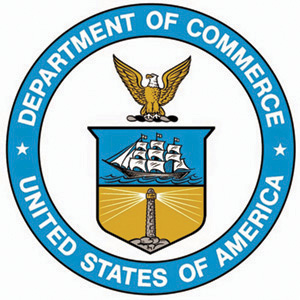Offshore Wind Towers Make for Dangerous Seas
Operators of commercial fishing boats and other maritime vessels need to be aware of new and heightened concerns about how offshore wind (OSW) towers can interfere with and degrade radar systems. Mariners can be impacted on at least two fronts, including interference with marine vessel radar.
According to a report released earlier this year by the National Academy of Sciences, wind towers undercut a radar’s central purpose: safety. The steel towers can distort information about a vessel’s relative location, a degradation that affects all vessel classes.
Turbine blades clutter a radar’s display, resulting in an ambiguous and confusing picture for the operator. Correcting for these effects may make smaller vessels “disappear” completely.
The other impact is interference with high freque...

